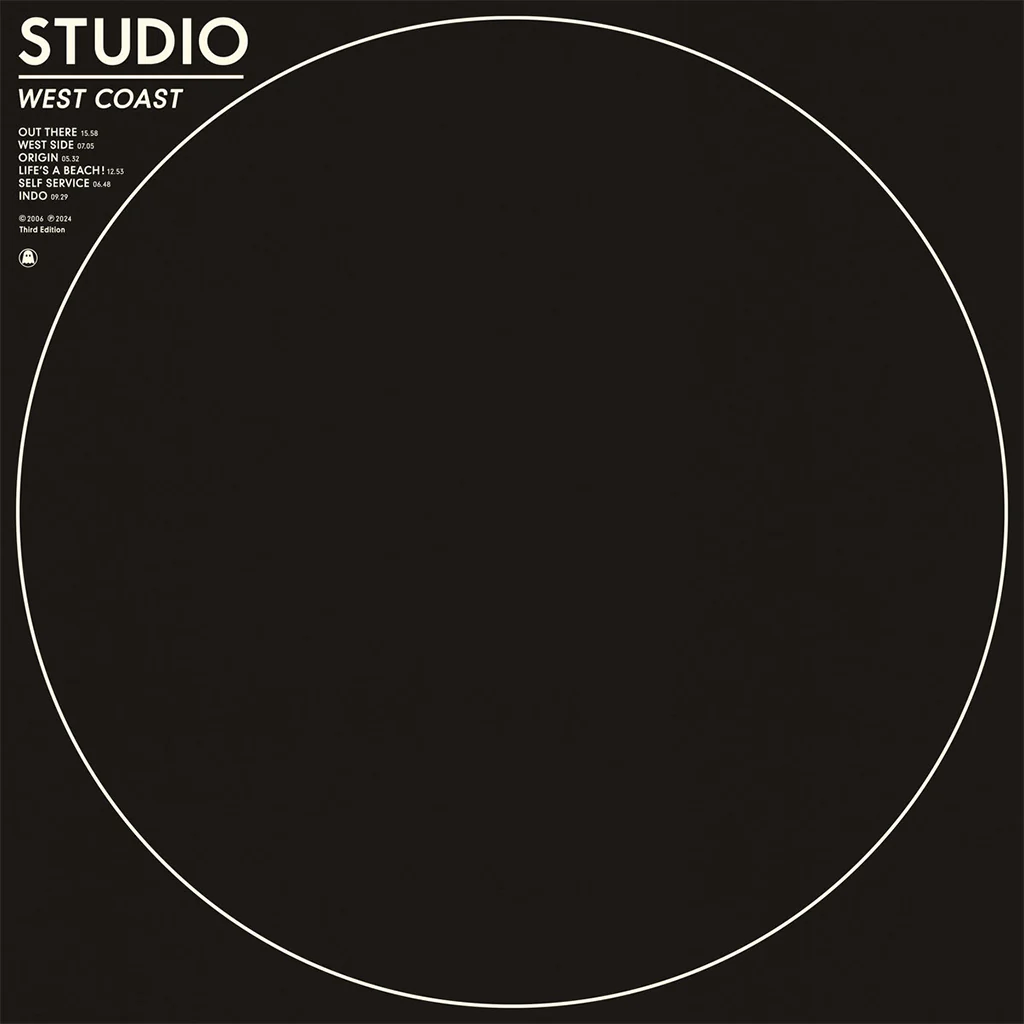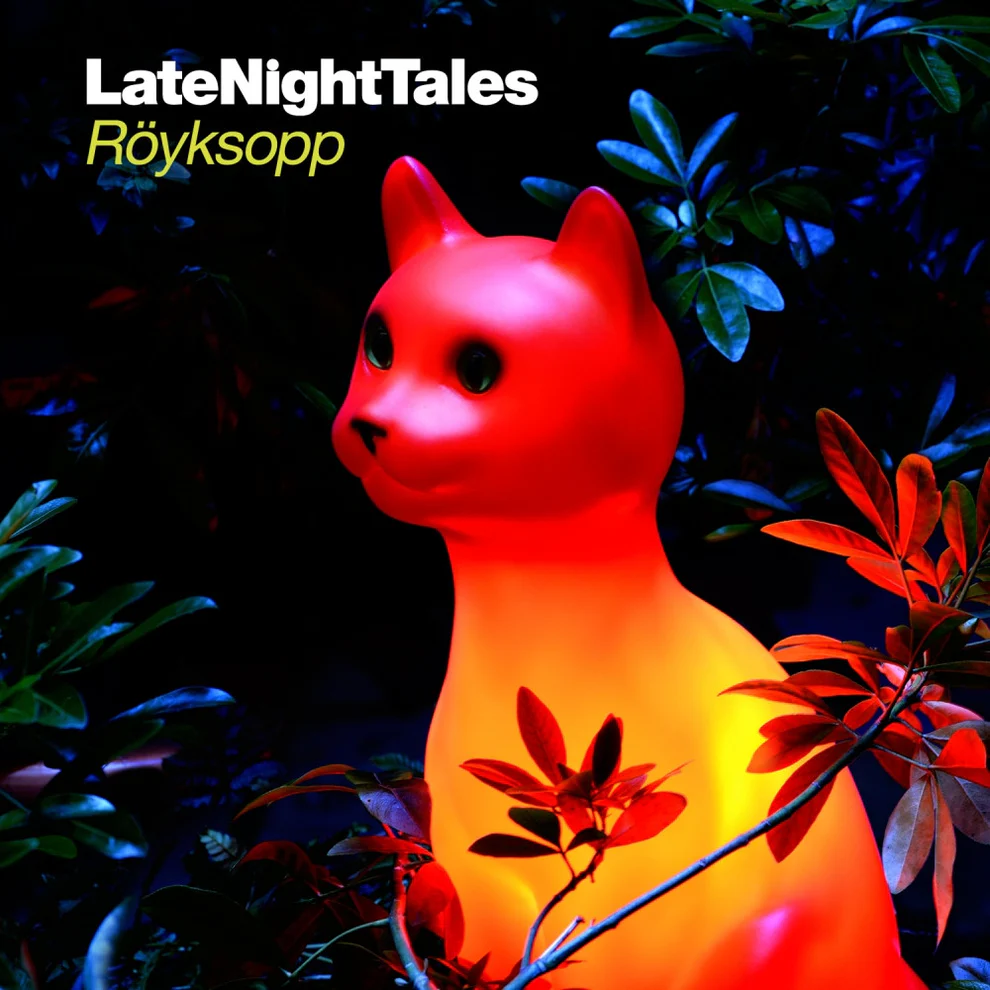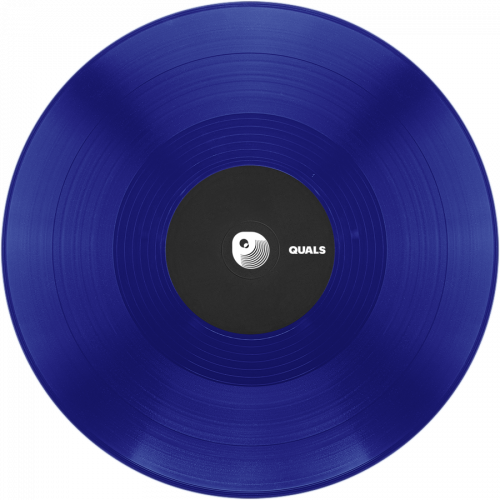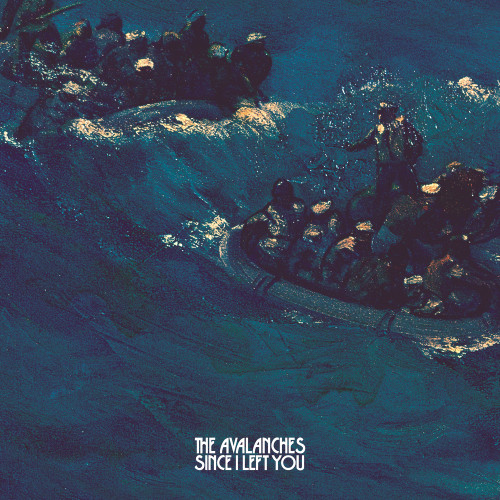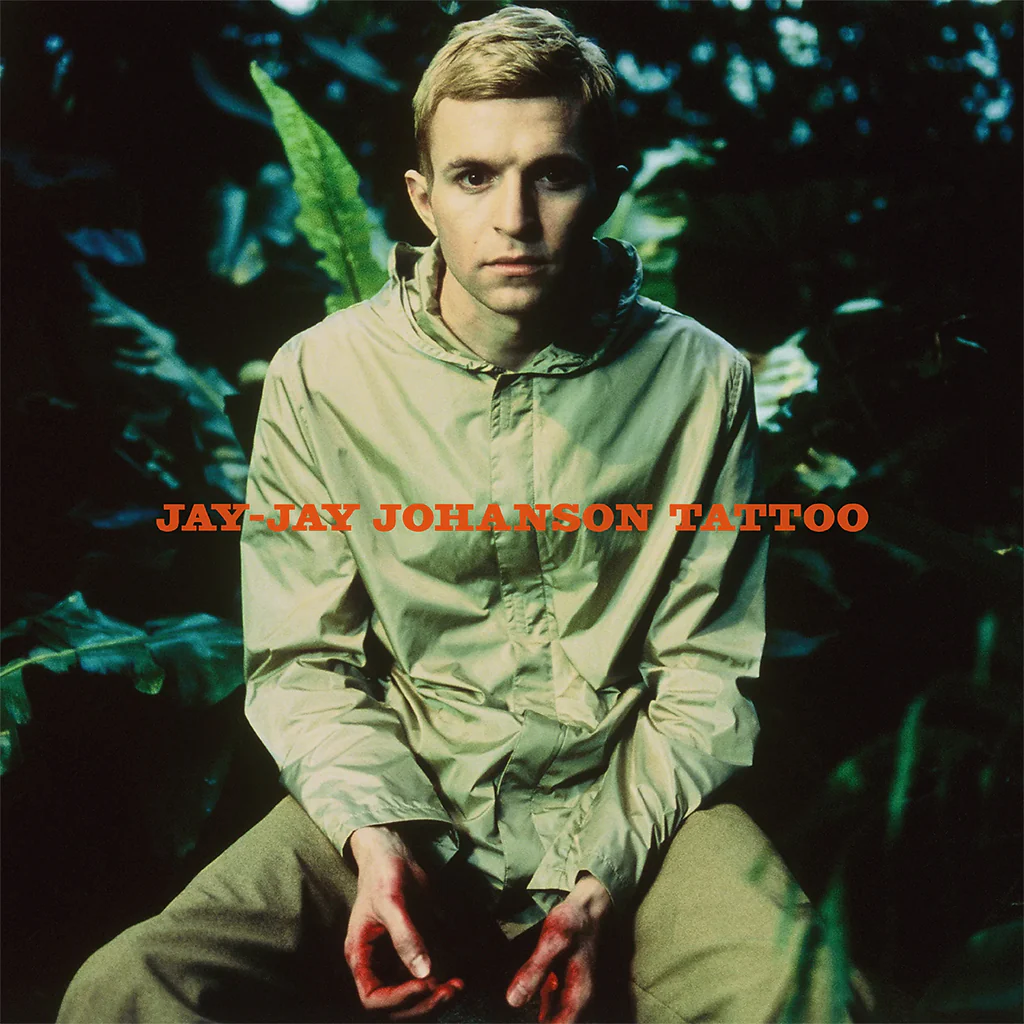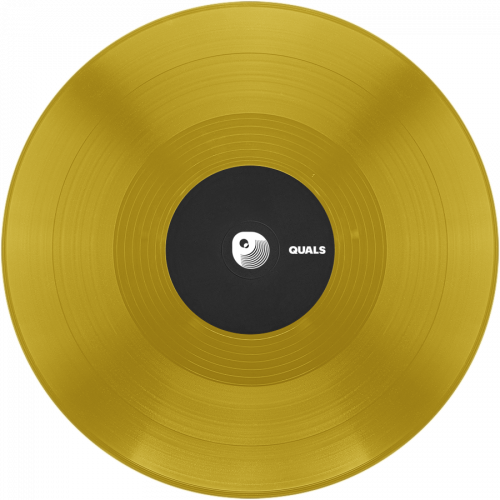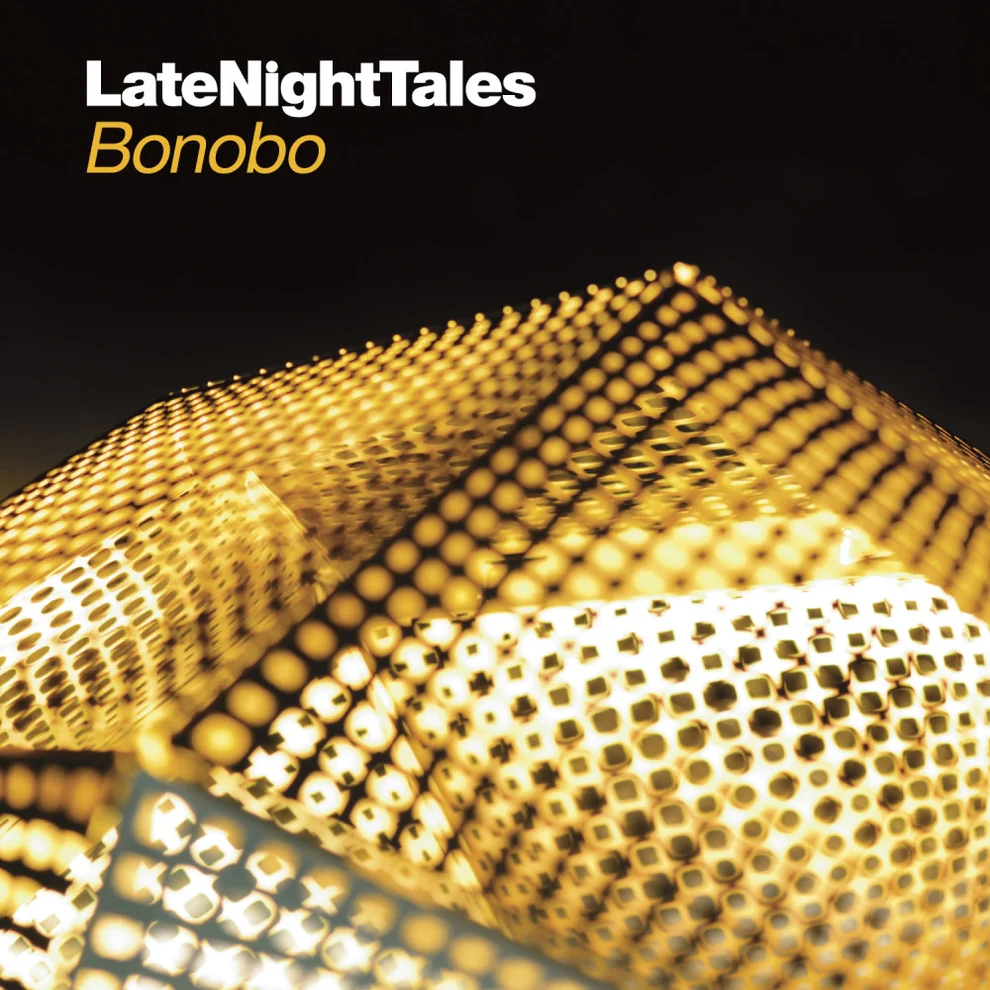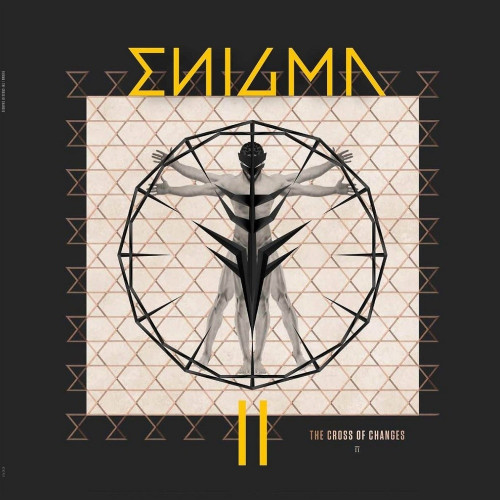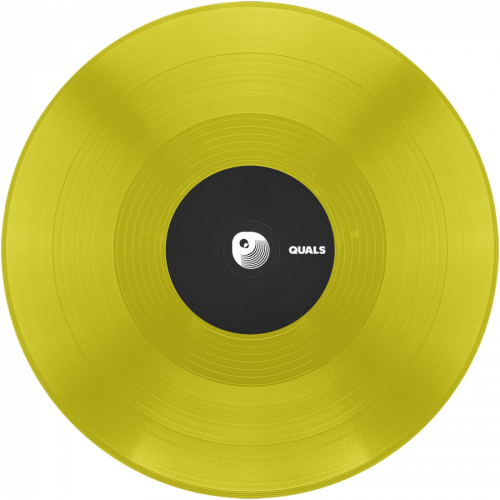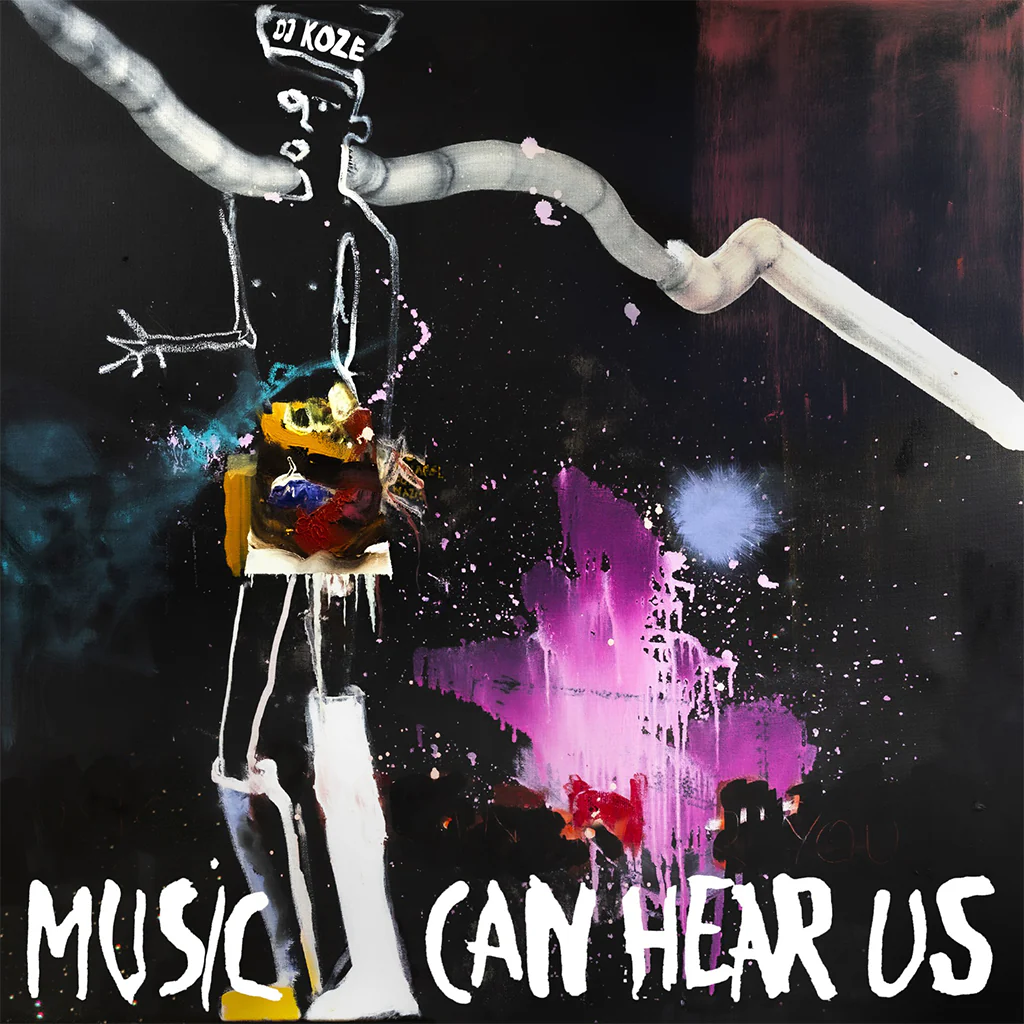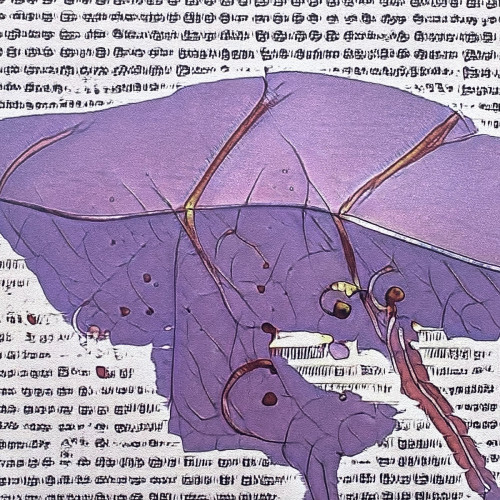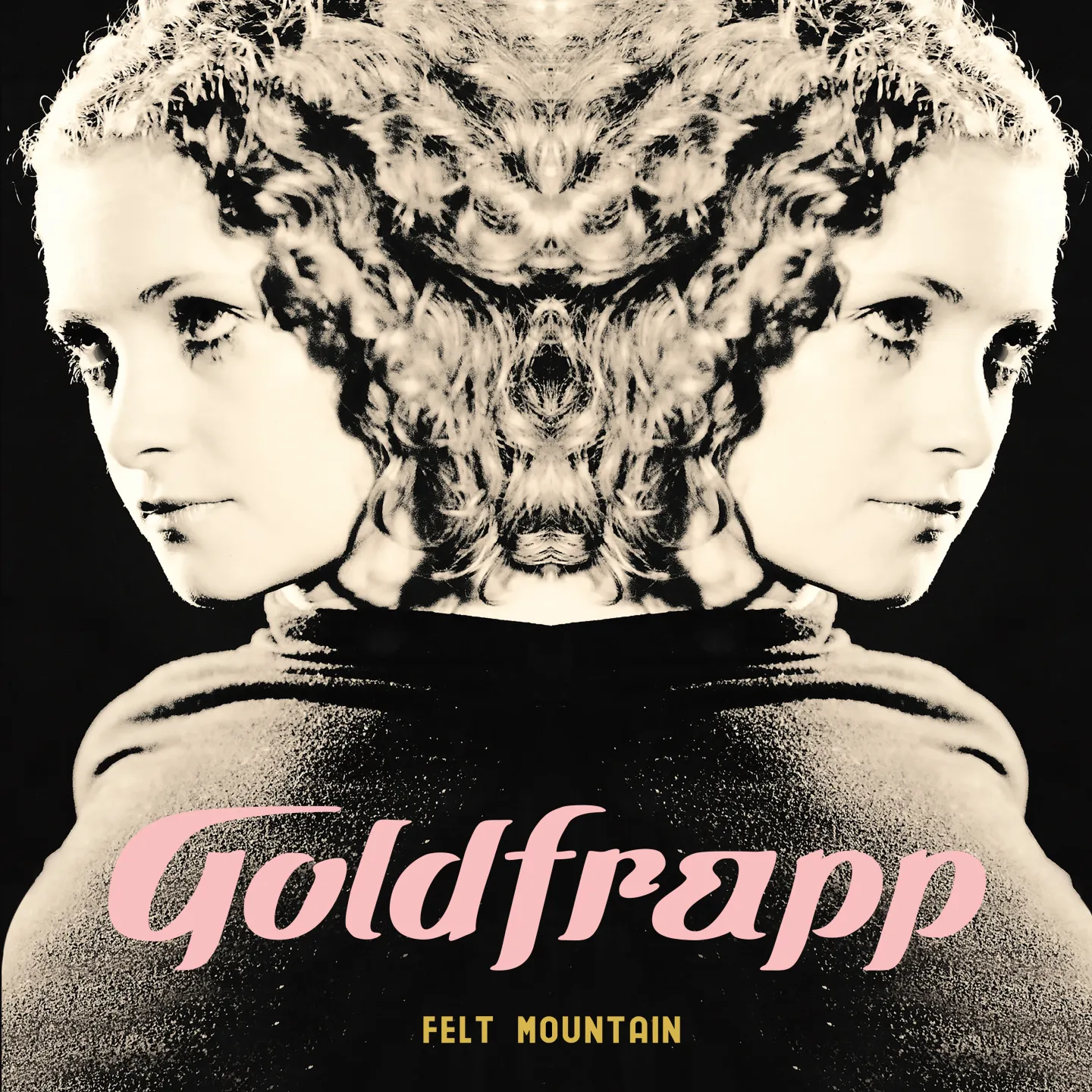Presented with a minimalist black circle LP design, the set possessed an uncanny escapist sensibility, underscored by track titles like “Life’s A Beach!” but otherwise entirely on the suggestion of that sound, imagined, displaced, and subconsciously amalgamated. Some called it “the missing link between The Cure and Lindstrøm,” Pitchfork heard Durutti Column and Can, as the duo’s story became swept up in a loosely developing scene — adjacent first to the label Service (Jens Lekman, The Whitest Boy Alive) and later Sincerely Yours (The Tough Alliance, jj) — and a precursor to the 2010s boom at the axis of electronic and psychedelic music guided by indie greats like Caribou, Four Tet, and Darkside. Featuring six free-flowed tracks that glide between hypnotic instrumental terrain and anthemic pop architecture, West Coast succeeded in its premise, a trance-inducing, deja vu-like destination instantly identifiable and endlessly replayable. By late 2007, following its expanded CD repackaging as Yearbook 1, the songs were staples of year-end lists, including best album write-ups by Pitchfork, FACT Magazine, and Rough Trade. While Lissvik and Hägg kept busy, Studio’s proper follow-up never came, thus adding to West Coast’s strange allure and legacy. In 2025, the record sees renewed appreciation, remastered and reissued by Ghostly International.
Sonically, the set represented years of developing taste as well. In the same breadth, they cite DJ Screw, J Dilla, and Joy Division, along with early ‘80s European live DJ sets from the likes of Beppe Loda, DJ Mozart, and Baldelli as reference points. “The anything-goes mentality was very encouraging and was a big cornerstone to the Studio sound,” says Hägg. “But there’s so much more to the picture, we were not that young then and had lots of musical baggage in our suitcases, the new thing was that we finally let it all come through, not bound by any borders that was often the case with music identity in Sweden during the ‘90s.”
West Coast is defined by its swing, an ability to lock into loops and beat-grids while still prioritizing looseness and genuine surprises across long passages with layers constantly appearing and fading from the mix. Songs can momentarily fall out of step or change course, like 10 minutes into the hazy opener “Out There” when the bass line suddenly dips back beat for 4 bars and then returns on the beat, giving way for a dubbed-out breakdown and ascendent finish. Or take the 13-minute “Life’s A Beach!” which eases into a soft, tide-changing crescendo just before the 9-minute mark, returning anew on an optimistic bass line as the guitar gets moody above the shimmering wash. Hägg says, “It always transcended very well live, like an implosion. It’s a very tricky song to play, due to strange rounds so it’s such a relief when one gets there, probably what you hear is a big sigh.”
